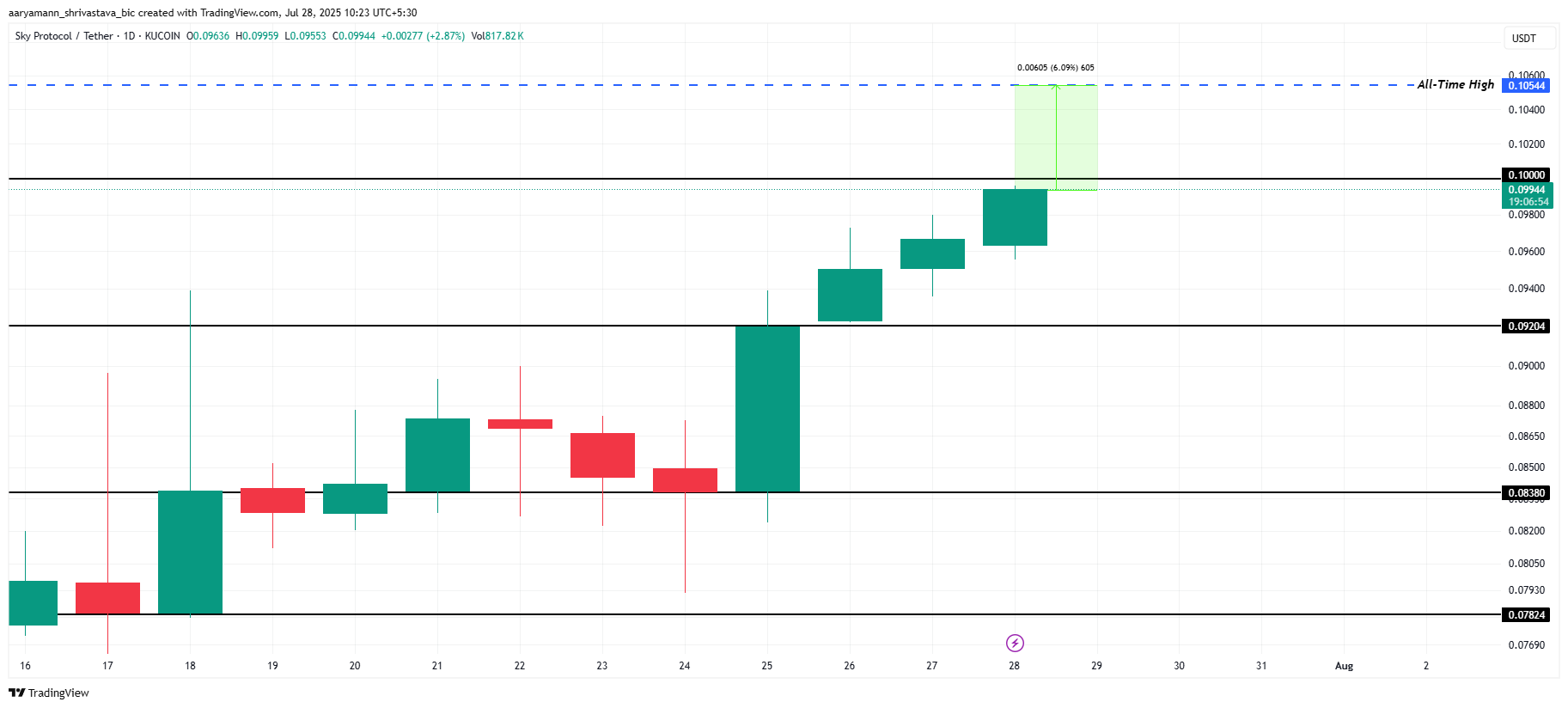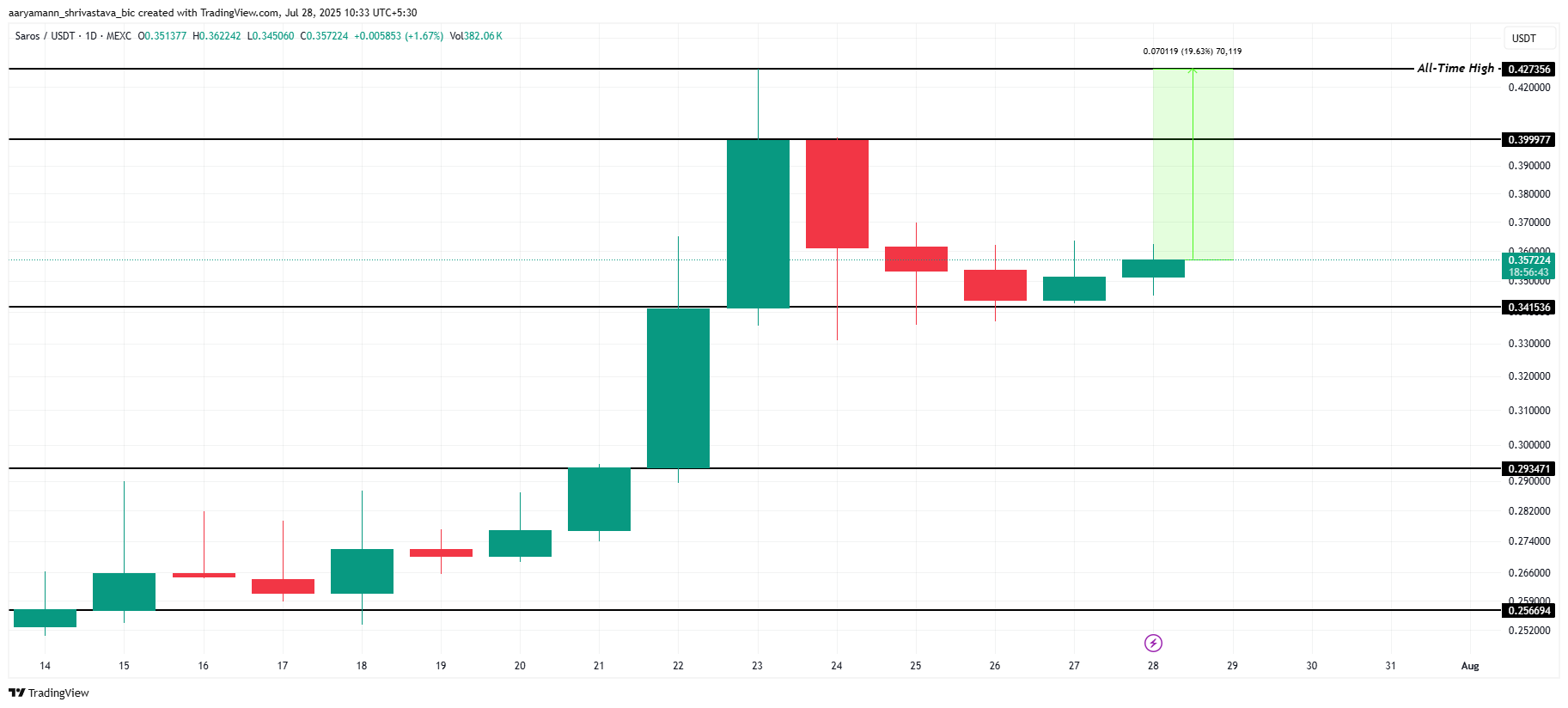The National Highway Traffic Safety Administration (NHTSA) has opened an investigation into 2.4 million Tesla vehicles equipped with the controversial Full Self-Driving (FSD) software following reports of four collisions, one of which resulted in a fatality. This preliminary evaluation marks a critical step for the regulatory agency, which may seek a recall if it determines that these vehicles pose an unreasonable safety risk.
Growing Concerns Over FSD Technology
The NHTSA’s scrutiny comes at a pivotal time for Tesla. CEO Elon Musk has been vocal about pivoting the company’s focus toward advanced self-driving technology and robotaxis, amidst increasing competition and declining demand in the automotive sector. Last week, Musk unveiled an ambitious concept for a two-seater robotaxi named “Cybercab,” designed without a steering wheel or pedals, relying entirely on cameras and artificial intelligence for navigation. However, deploying such a vehicle would require NHTSA’s approval due to its lack of traditional human controls.
The investigation was prompted by crashes where the FSD system was engaged under challenging visibility conditions, such as sun glare, fog, or airborne dust. One particularly tragic incident involved a pedestrian being struck and killed by a 2021 Tesla Model Y in Rimrock, Arizona, in November 2023. Another crash resulted in reported injuries, raising alarms about the FSD system’s performance in adverse conditions.
Scope of the Investigation
The NHTSA’s investigation encompasses a range of Tesla models from 2016 to 2024, including the Model S, Model X, Model 3, Model Y, and the recently introduced Cybertruck. While Tesla has not yet commented on the investigation, shares rose slightly by 0.1% in early trading.
Tesla emphasizes that its FSD software requires active driver supervision and does not render its vehicles fully autonomous. The NHTSA is evaluating whether FSD can adequately detect and respond to poor visibility scenarios. The agency is also investigating if Tesla has made any modifications to the FSD system that could impact its performance in these conditions.
Previous Safety Concerns and Regulatory Actions
This investigation is not Tesla’s first brush with regulatory scrutiny. In December, the company recalled over two million vehicles in the U.S. to install new safety features in its Autopilot system. However, the NHTSA continues to probe whether this recall effectively addresses concerns regarding driver attentiveness during the use of automated features.
Moreover, in October 2023, Tesla disclosed that the U.S. Justice Department had issued subpoenas related to its FSD and Autopilot systems, indicating that legal challenges may loom ahead. Two fatal accidents involving FSD technology, including a deadly incident in April where a Tesla Model S struck and killed a motorcyclist, have further fueled the spotlight on the company’s autonomous capabilities.
Industry Implications and Future Challenges
Experts warn that Tesla’s reliance on a “camera-only” approach to autonomous driving could present challenges in low-visibility conditions. Industry analyst Jeff Schuster of GlobalData cautions that weather factors can impact camera performance, which may complicate the near-term rollout of Tesla’s ambitious robotaxi plans. Competing firms in the robotaxi market often utilize more expensive sensors like lidar and radar, which provide additional layers of environmental detection.
As Tesla navigates these challenges, investors are left wondering about the company’s future trajectory in the rapidly evolving landscape of autonomous vehicles. With regulatory scrutiny intensifying and public safety concerns mounting, Tesla’s path forward may be more complicated than ever.
In conclusion, the NHTSA’s investigation into Tesla’s Full Self-Driving software highlights significant safety concerns and regulatory challenges that could affect the company’s ambitions in the self-driving market. As Tesla strives for high automation, the results of this investigation may be pivotal in shaping the future of autonomous driving technologies.








 $1.11 trillion wiped out from US stock market today.”
$1.11 trillion wiped out from US stock market today.”